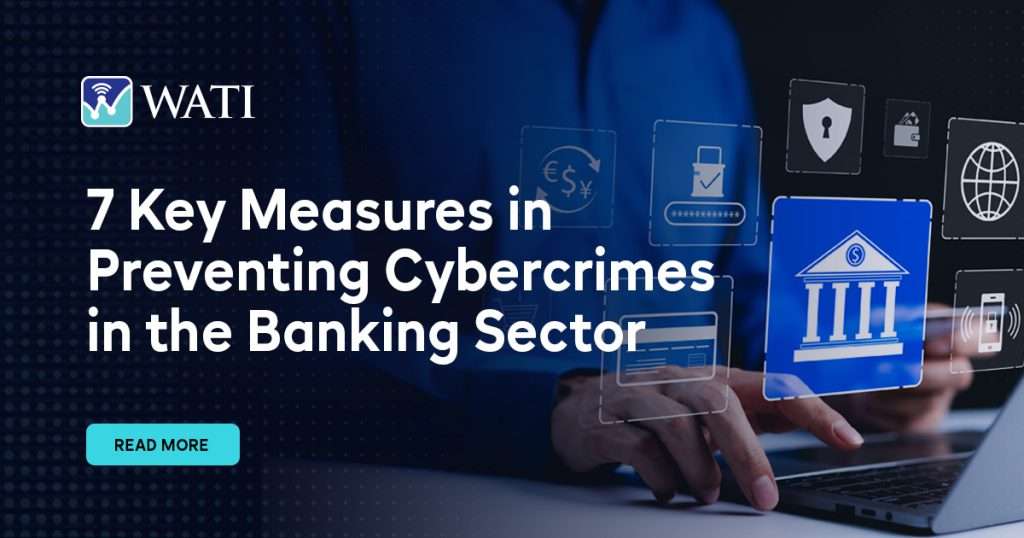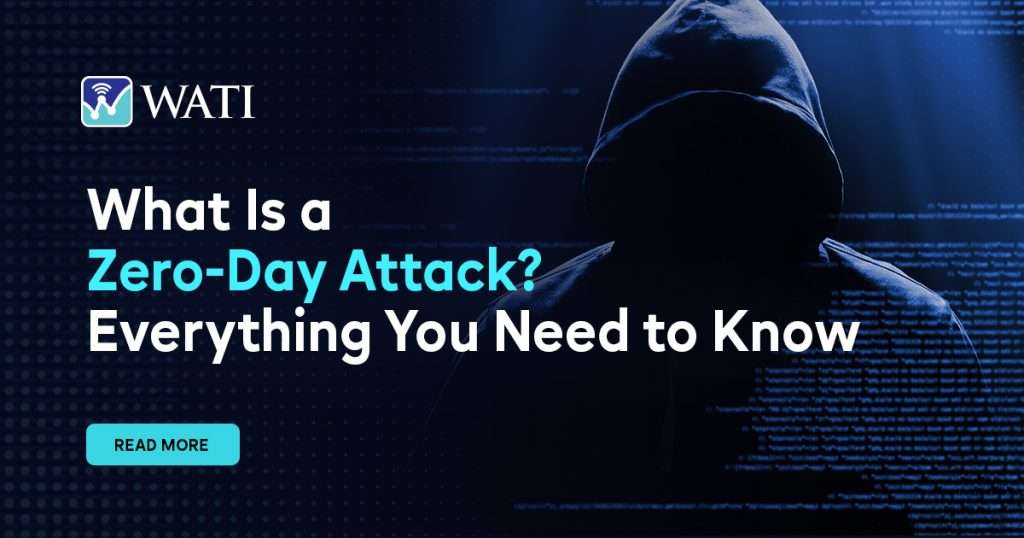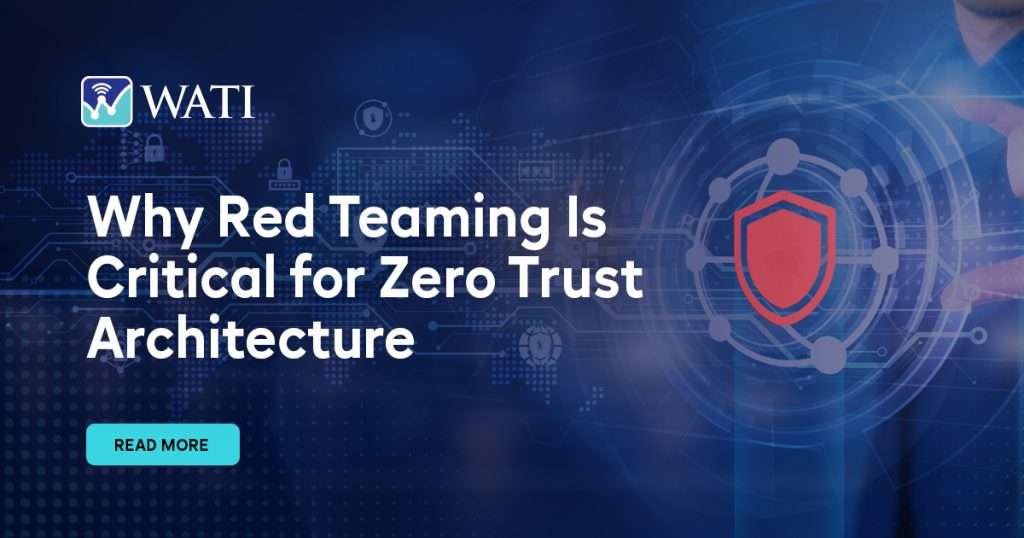With SaaS fast becoming a preferred model for enterprises consuming third party vendors’ apps, primarily due to ease of doing business, it inadvertently has also become main conduit for introducing cyber vulnerabilities in the enterprises. For a SaaS vendor, its critical to give confidence to their customers that their products are safe, to be able to grow and succeed in the market place.
To understand your application vulnerability, you first have to assess the security threats and risks with regard to your SaaS application. Once the vulnerabilities are identified, you can safeguard not only the vulnerable hotspots but also implement solutions that safeguard your SaaS application from unknown risks.
Here are a few pragmatic solutions and top-7 best practices that would help facilitate SaaS application security:
1. Prepare a Security Review Checklist
The first best practice would be to ensure all members of the organization – from the very beginning – are on the same page with regard to the organization’s security requirements. The checklist may differ based on the nature of the platform, but constant review and update of the checklist with unknown threats would help formulate application quality and security.
2. Impart Security Training to Employees
It is quintessential to provide security training to all employees. Implementing best practices in security like deep-dive in secure coding practices, avoiding sharing of accounts and instead create unique user accounts, implementing two-factor authentication (2FA) on all logins, providing role-based access features, etc must be maintained on an ongoing basis. The heightened security awareness can help neutralize widespread hacking methods such as social engineering. Enlightening employees can also avert common phishing and vishing attacks. Employees remain proactive when you continuously keep them updated with the organization’s security principles and policies.
3. Create an ‘Inclusive’ Security Culture
A security culture is ‘inclusive’ and has positive advantages such as creating security champions who strengthen and implement security across the whole organization. The security champions are generally the most sought-after ones for all security-related issues, challenges and solutions. Instilling security into organizational culture ensures security measures are not only given precedence, but also implemented with the best possible solutions.
4. Safeguard Sensitive Data
All businesses have an unquenchable thirst for data and they have to do their best to protect it. For SaaS vendors, it is even more important, as they also deal with their clients’ data. Instead of having all data in one cabinet, organizations have to think differently about their digital assets. It is vital to safeguard the primary application and database to ensure that sensitive data is safe from the most common (top-10) attacks listed by the Open Web Application Security Project (OWASP). It is prudent to incessantly supervise and identify shades of such frequent attacks that can help neutralize it promptly.
5. Integrate Security in the SDLC Process
Integrating security in all phases of the Systems Development Life Cycle (SDLC) process helps review security at every phase. The method creates a solid application and secure coding best practices could be implemented during code reviews. Implementing security guidelines can thwart security bugs from sneaking in and terminate powerful stumbling blocks. Static Application Security Testing (SAST), Dynamic Application Security Testing (DAST) and Interactive Application Security Testing (IAST) tools could form crux of organizations maturity from DevOps to DevSecOps. For the others, the immediate alternative is to institute frequent cycles Vulnerability Assessment and Penetration Testing of all web and mobile applications. The frequency of VA/PT may vary depending upon the sensitivity of data and compliance overheads of your industry.
6. Protect Business Infrastructure Via Vulnerability Testing
Another significant factor is to protect business infrastructure and ensure smooth continuity of business. Activating firewalls and security groups, configuring and backing up would promote business continuity in case of ransomware attacks and Denial of Service (DoS) attacks. It can also aid in maintaining logs to facilitate the tracking of fishy activities.
Vulnerability testing is another way to protect your business infrastructure. Ensure that the tools provided by your cloud service vendor for vulnerability and incident response are industry-leading ones. The solutions provided by incidence response tools enable 100% automation of security assessments, which examines system vulnerabilities and drastically reduces the time between critical security audits.
7. Regulatory Compliance and Security Audits
Regulatory compliance is not just a business necessity, its smart approach to win confidence of clients. Depending upon the geographic locations of you and your clients, you may be needed to look at one or more regulations Payment Card Industry Data Security Standard (PCI DSS), California Consumer Privacy Act (CCPA), European Union’s General Data Protection Regulation (GDPR), etc. Another regulatory compliance that can be very useful is SOC 2 Type 2, which ensures upholding the highest level of data security. Regardless of the regulation, preparedness about NIST’s security controls framework will go a long way in staying secure. When SaaS vendors are required to hold any regulatory certifications, comprehensive and regular audits are to be instituted.
About WATI
West Advanced Technologies Inc. (WATI), an ISO 27001 company, offers security audits including penetration testing and vulnerability assessments for web, mobile, SaaS, cloud, network, wireless, and IoT products. WATI’s Cybersecurity team comprise of experts certified in one or more of CISSP, CISA, CISM, GWAPT, CHFI, CEH, CPTE, CWNA, CompTIA Security+.
WATI’s offerings for Technology Companies and SaaS Vendors::
- Vulnerability Assessment & Penetration testing of web, mobile, SaaS, cloud, IoT products
- Vulnerability Assessment & Penetration testing of computing and wireless and network infrastructure
- Training internal tech talent in secure coding practices
- Governance, Risk and Compliance (GRC) and Security audit for regulatory compliance in chosen markets
- Patch Management and Incident Response related services



